
Lasers are supplementing most of the dental procedures today. In essence, the introduction of laser in dentistry has simplified and even replaced the traditional methods such as drilling to repair a tooth. The biggest advantage of utilizing the non-ionized light emitted from a laser is dentists can treat even the innermost layers of our teeth without touching the gingiva and teeth. Owing to advantages like this, dentists prescribe laser dentistry in complicated procedures such as Root Canal Treatment.
Root Canal Therapy is a common dental procedure that tends to treat a deeply decayed tooth and involves disinfecting the dental pulp by removing the infected nerves. It is invasive and quite unpleasant in certain situations whereas laser-assisted Root Canal Treatment has made the procedure more easy and precise. Keep reading to know about the advanced laser treatment for Endodontics.
What are the procedures involved in Laser-Assisted Root Canal Treatment?
The laser Root Canal Therapy works on the principle of creating non-thermal photoacoustic waves. It involves the emission of two laser wavelengths – Erbium YAG and Neodymium YAG through structured optical fiber tips.
Once the infected tooth surface is opened with the light beam, the endodontists begin to modify or remove the diseased tissues by injecting the cleaning solution. This is followed by introducing the laser light in which Er: YAG creates shock waves in the cleaning solution whilst Ne: YAG kills bacteria in the infected pulp.
The particular properties of these laser lights work well with our biologic tissues.
When a laser beam is focused into the tooth access, it creates a pulsating effect with the microbes in the dead tissues and extracts them from the tooth via the hole. Thus the laser light utilized with RCT cleans the tooth and makes it free of bacteria.
What are the benefits of Laser-Assisted Root Canal Therapy?
- Laser RCT is more precise than traditional endodontic treatments.
- The sealers in laser RCT can reach the bottom of the root canal so that the chances are less for re-infection.
- It does not involve any scary drilling noise.
- Lasers can target the harmful microbes in a tooth with much accuracy.
- You don’t need anesthesia that causes allergic reactions in certain situations.
- It involves fewer post-operative discomforts such as pain, bleeding.
- The treated tooth will get adequate strength and protection against further decay.
On contrary, laser-assisted endodontic treatments have one disadvantage. The interactions between laser energy and the tooth tissues will cause a temperature rise. It damages the root canal space and even tooth surfaces.
Such discomforts happen with the poor workmanship of laser dentistry. Hence you don’t worry whether the laser RCT is safe or not.
Bottom line
Root Canal Treatment is a common procedure to preserve a severely diseases tooth whereas its precision and accuracy are enhanced with the use of laser light. In simply, laser-assisted RCT elevates the treatment’s quality to a great extent. If you want sophisticated, painless endodontic treatments from experts, contact us today.

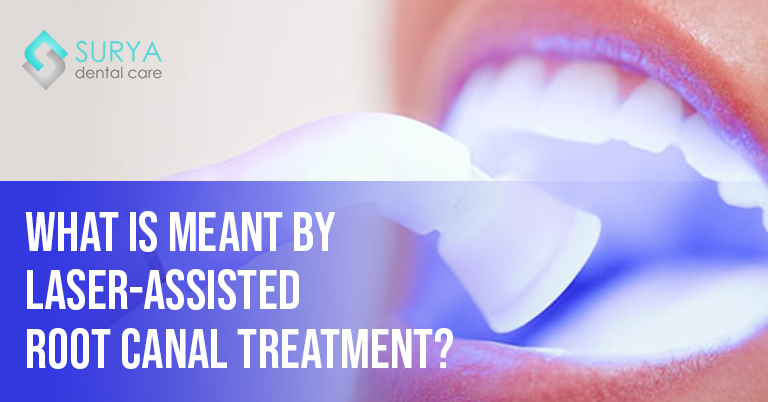




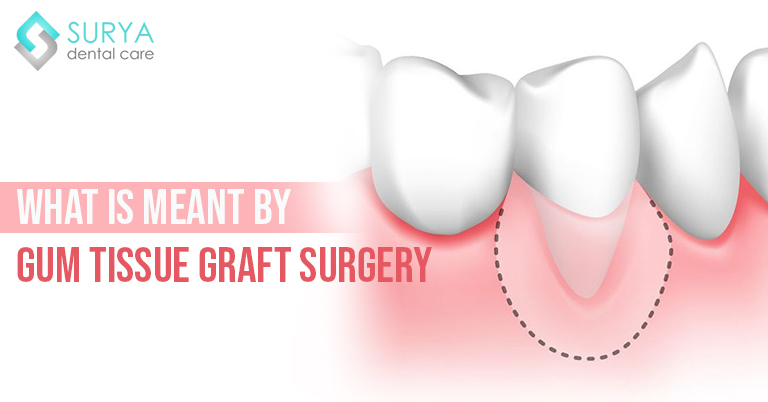
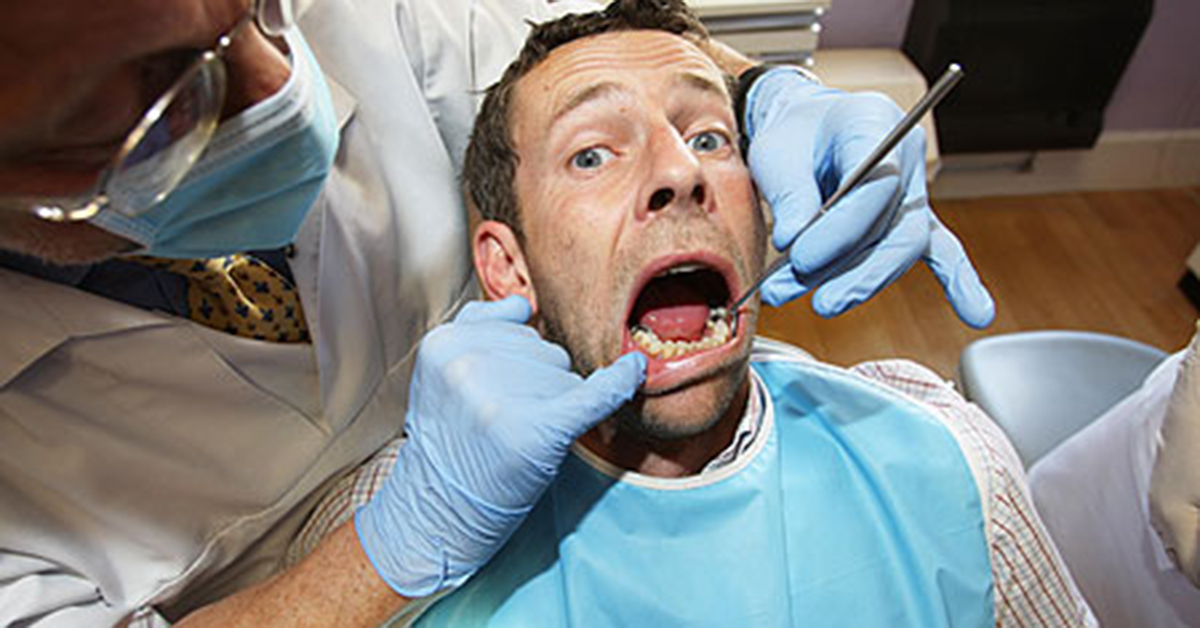
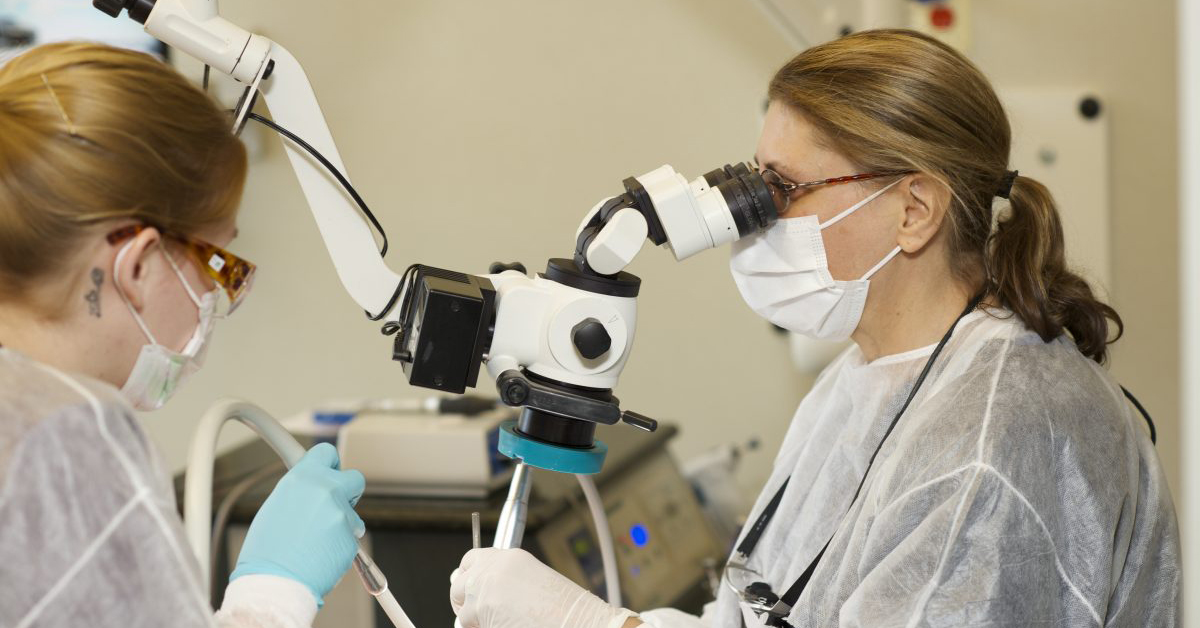
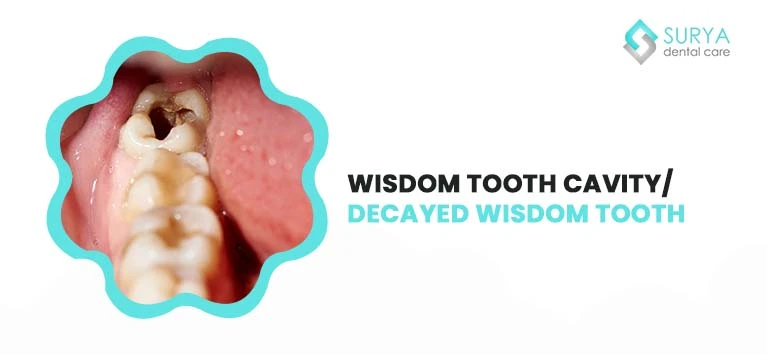




Leave a Comment